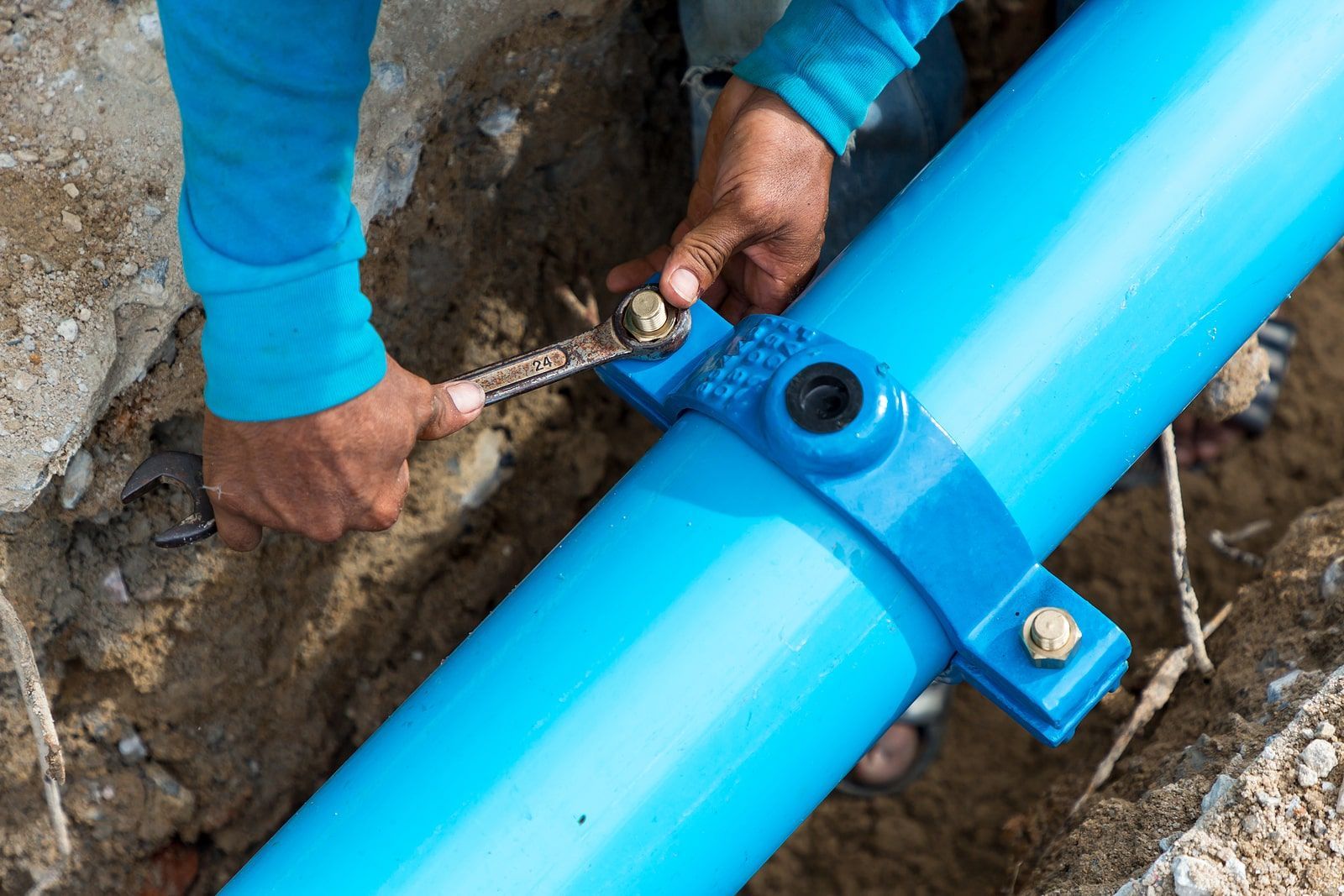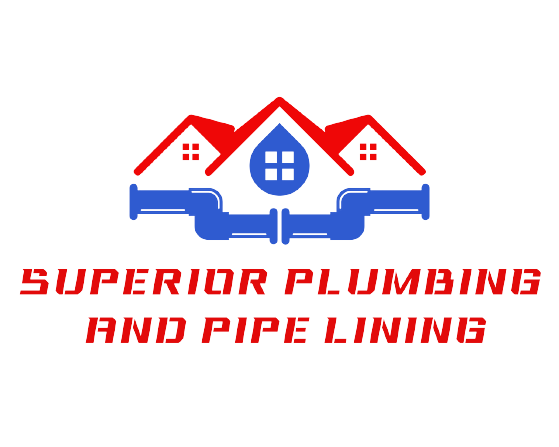
What Is the Difference Between a Sewer Line and a Main Line?
With so many plumbing lines running through and around your house, it can be not easy to wrap your head around. Indeed, grasping the functionalities of various parts can be quite overwhelming.
Let's focus on the two essential lines: sanitary sewer and water main. However, their roles are different, even though they are both crucial to wastewater management. Other than that, they have a few differences you should note before calling your plumber in case of repairs or maintenance.
What is a Main Line?
Your main water line to the house supplies fresh water, which is received from municipal sources. Your house's water meter logs the incoming water flow for precise invoicing at the end of each month. This will help you locate your water main with ease.
These water pipes supply clean water to water heaters, hose faucets, washing machines, toilets, and bathtubs. These pipes carry safe water for drinking, cleaning, and cooking, which makes them a crucial part of the plumbing system in your house.
What to Do if Your Main Line is Having Issues?
The main water supply can be turned off using the shutoff valve in the event of a significant leak or other issue with your main water line to the house. Knowing the location of your shutoff valve is crucial if you need to stop the flow of water entirely into your home, particularly to avoid flooding or other severe water damage.
It is advisable to dedicate some time to locating and checking the functionality of your home's shutoff valve if you are unsure of its position. It's usually found outside the house in a valve box, garage, or basement.
You could also face a main line clog when you detect an issue with water not going down your drains. Do you think that pouring salt will help your clogs? A plumber can advise you on the need for maintenance if you have queries or concerns regarding your main line clog. It can also be that your pipe is in danger of deteriorating, so before that happens, consider lining your pipes.
By doing routine plumbing inspections, you can identify minor problems before they become major ones and fix them before you need a main water line replacement.
What is a Sewer Line?
The sanitary sewer line connects your house's drains to the main sewage line, provided your home is connected to it. This line, which is buried in your yard, is a component of your plumbing system, and you are in charge of keeping it maintained and fixed. Typically, sewage lines are slanted downward to encourage water to move from your house into the municipal sewer system.
The waste disposed of via a sewer line is transported to another location for appropriate treatment or disposal. This is done via your septic system or by taking it to a sewage treatment plant.
The buildup of trash, grease, and other materials over time, however, can still cause them to become clogged. These blockages must be avoided, which can be ensured by routine maintenance, such as a sewer cleanout and sewage system inspection.
How Can Sewer Line Problems Come About?
Depending on how much water is used in your home and how carefully waste is disposed of in the toilets and drain lines, these little pipes may quickly accumulate debris and clog over time.
As toilets have the most direct flow into the sanitary sewer line, they are usually the first fixtures to get clogged. Large clogs can force wastewater to back up into your home, causing water damage and putting your family's health in danger. In this case, a licensed plumber should always be consulted for a sewer cleanout or clog removal. If this happens regularly, consider re-piping your lines.
Let Superior Plumbing Help with Your Plumbing Needs
Whether it's a main water line replacement or a sewer clog removal, Superior Plumbing has years of experience fixing plumbing issues, no matter what they are.
Our specialists typically carry all the equipment needed for these kinds of jobs on hand. Moreover, you'll have access to a wider variety of repair methods when a qualified expert is doing the work. So, you don't have to worry regardless of what the problem is; our team will solve it for you.
Contact our team today to ensure the optimal condition of your main water and sewer lines.
FAQs
What is a sewer line?
A sewer line is the pipe that carries wastewater from your home’s plumbing fixtures (toilets, sinks, showers, etc.) to the municipal sewer system or a septic tank.
What is a main line?
The main line refers to the primary drainage pipe that connects all of your home’s plumbing to the municipal sewer or septic system. It is essentially the largest drain pipe in your plumbing system.
Are the sewer line and the main line the same thing?
Not exactly. The main line is the largest pipe in your home’s drainage system, while the sewer line refers to any pipe that transports wastewater to the sewer system. However, in many cases, the main sewer line is what people refer to when they say “sewer line.”
How can I tell if my sewer line or main line is clogged?
Common signs of a clog in your sewer or main line include:
Multiple drains in your home backing up simultaneously
Gurgling noises from toilets or drains
Slow drainage throughout the house
Sewage smells coming from drains
Who is responsible for maintaining the main sewer line?
Homeowners are responsible for the portion of the sewer line that runs from their home to the municipal connection or septic system. The city or municipality maintains the public sewer system beyond that point.
How do I prevent sewer line or main line clogs?
- Avoid flushing anything other than toilet paper and human waste.
- Keep grease, food scraps, and debris out of drains.
- Regularly inspect and clean your drains.
- Install a backflow prevention device if needed.
What should I do if I suspect a main line or sewer line clog?
You should stop using water immediately and contact a professional plumber for an inspection and possible hydro jetting or snaking to remove the blockage.
Can tree roots damage my sewer or main line?
Yes, tree roots can infiltrate and damage sewer lines, leading to clogs, leaks, and even pipe collapse over time. Regular inspections and root barriers can help prevent this issue.
